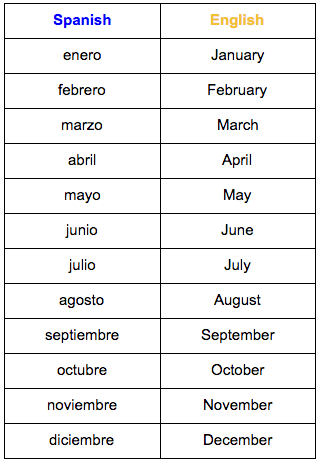The Eternal Dance of Energy: Uncreated, Undestroyed
Energy, in its myriad forms, is the unseen force that powers our universe. From the warmth of the sun to the electricity that lights our homes, energy is uncreated and undestroyed, merely transforming from one state to another. This eternal dance of energy is a fundamental principle of physics, rooted in the law of conservation of energy. Understanding this concept not only deepens our appreciation for the natural world but also guides us in harnessing energy sustainably. (Energy Conservation, Renewable Energy, Sustainable Living)
The Law of Conservation of Energy
At the heart of the eternal dance of energy lies the law of conservation of energy, which states that energy cannot be created or destroyed, only converted from one form to another. This principle is the cornerstone of physics and applies universally, from the smallest subatomic particles to the largest galaxies. (Energy Transformation, Physics Principles, Universal Laws)
Examples of Energy Transformation
- Chemical to Thermal: Burning wood converts chemical energy into heat.
- Electrical to Light: A light bulb transforms electrical energy into light.
- Kinetic to Electrical: Wind turbines convert the kinetic energy of wind into electricity.
💡 Note: Understanding these transformations is crucial for optimizing energy use in daily life and industry. (Energy Efficiency, Industrial Applications)
Sustainable Energy Practices
As we navigate the challenges of climate change and resource depletion, adopting sustainable energy practices becomes imperative. Renewable energy sources, such as solar, wind, and hydropower, play a pivotal role in this transition. These sources are not only abundant but also align with the principle of energy conservation by utilizing naturally replenishing resources. (Renewable Energy Sources, Climate Change Solutions)
Benefits of Renewable Energy
<| Benefit | Description |
|---|---|
| Reduced Emissions | Lower greenhouse gas emissions compared to fossil fuels. |
| Energy Independence | Decreases reliance on imported fuels. |
| Job Creation | Supports employment in the green energy sector. |
🌱 Note: Transitioning to renewable energy is a key step toward a sustainable future. (Green Energy, Environmental Impact)
Energy Conservation in Daily Life
Individuals can contribute to the eternal dance of energy by adopting simple yet effective energy-saving habits. Small changes in daily routines can lead to significant reductions in energy consumption, benefiting both the environment and personal finances. (Energy-Saving Tips, Personal Finance)
Practical Energy-Saving Tips
- Switch to LED bulbs for longer-lasting and more efficient lighting.
- Use smart thermostats to optimize heating and cooling.
- Unplug electronics when not in use to avoid standby power consumption.
⚡ Note: Consistent application of these tips can lead to noticeable energy savings over time. (Home Energy Efficiency, Cost Savings)
The eternal dance of energy, governed by the law of conservation, reminds us that energy is a precious resource to be respected and preserved. By embracing sustainable practices and making informed choices, we can ensure a harmonious balance between human needs and the natural world. Whether through large-scale renewable energy projects or individual conservation efforts, every action counts in this ongoing dance. (Energy Balance, Environmental Stewardship)
What is the law of conservation of energy?
+The law of conservation of energy states that energy cannot be created or destroyed, only transformed from one form to another.
Why is renewable energy important?
+Renewable energy is crucial for reducing greenhouse gas emissions, promoting energy independence, and supporting sustainable development.
How can I save energy at home?
+Simple steps like using energy-efficient appliances, insulating your home, and unplugging devices when not in use can significantly reduce energy consumption.



